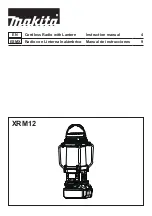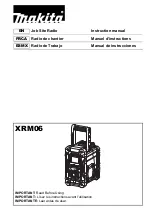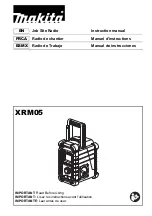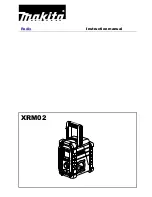
Exalt Installation and Management Guide
ExtendAir (TDD) Series
203591-004
55
2010-09-20
Ethernet Interface Configuration Page
This page allows the administrator to set the alarm, and duplex settings of the Ethernet connection.
It also allows determination of the management information for in-band (carried over the air and
available from both the MAIN and AUX connectors on either end of the link) or out-of-band (not
carried over the air and only available from the local AUX connector)
Figure 27 Ethernet Interface Configuration page
To ignore Ethernet alarms, disable the alarming of the MAIN and/or connector. Muting the MAIN
connection is desirable when connected equipment senses Ethernet signaling and makes decisions
(such as, spanning tree protocol enable) based on the Ethernet signal. If the MAIN connection has
muting enabled, the port is muted when the link is not active.
It may be desirable to disable the alarming of the AUX connector if it is not used.
Set the Ethernet interfaces on the radio and connected equipment to 100/full-duplex for best
performance. If the Ethernet ports are set to auto-negotiation, poor throughput performance may be a
result, as well as intermittent disconnections of the Ethernet connection.
When enabled, the DHCP feature provides a basic DHCP function to ease interfacing with a computer.
DHCP is enabled by default. If the Ethernet port on the computer is set for DHCP addressing, on radio
bootup (for up to 10 minutes) the radio provides an IP address to the computer that is one digit higher
than the radio’s IP address (for example, if the radio’s IP address is 10.0.0.1, the computer’s IP address
will be 10.0.02). The radio also senses any DHCP server on the network and if detected, mutes the its
own internal DHCP function.
















































